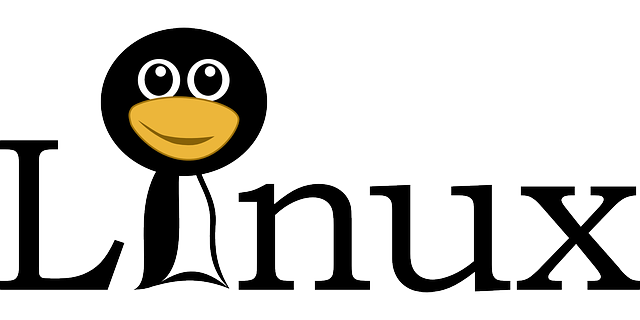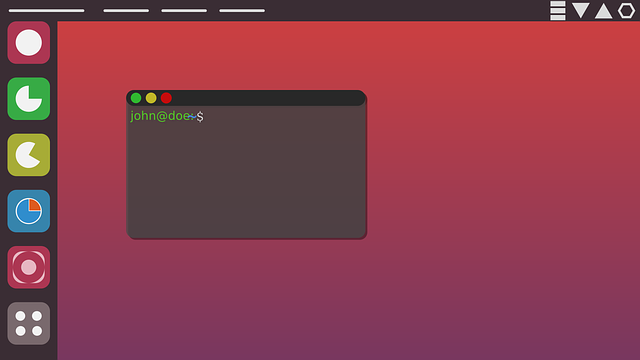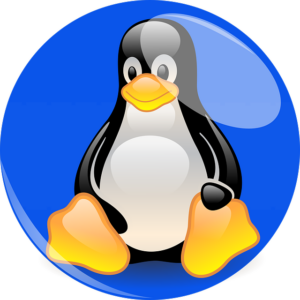Linux for Healthcare Providers is a robust, open-source operating system that has become an indispensable tool in medical facilities worldwide. It offers a secure, multi-user platform that excels in managing sensitive patient data and facilitating effective collaboration among healthcare professionals. The system's inherent multi-user support ensures concurrent access for multiple users without compromising performance or security, which is essential for real-time data exchange and communication in healthcare settings. Linux supports specialized medical applications such as electronic health records (EHRs), picture archiving and communication systems (PACS), and advanced radiology imaging, all while maintaining patient confidentiality. The open-source community continuously enhances Linux's security and functionality, providing healthcare providers with improved data protection and user interfaces. Linux's modular design allows for the integration of tailored software applications specific to medical needs, ensuring optimal system resource utilization. This adaptability is particularly beneficial in healthcare, where computational demands evolve alongside medical advancements. By deploying virtual desktops and thin clients based on Linux, healthcare providers can ensure secure access to shared patient information while complying with regulations like HIPAA. The availability of healthcare-specific applications designed for Linux further supports better teamwork and optimizes patient care workflows. In essence, Linux empowers healthcare providers to maintain a secure, collaborative environment that is critical for delivering high-quality patient care.
Linux has emerged as a pivotal tool in healthcare, offering robust multi-user support that significantly enhances teamwork and collaboration. This article delves into the transformative potential of Linux within healthcare environments, highlighting the benefits of collaborative multi-user systems. We explore practical strategies for implementing these systems, ensuring seamless interaction among healthcare professionals. Through case studies, we demonstrate real-world applications where Linux’s multi-user capabilities have directly improved patient care. Join us as we navigate the intersection of technology and teamwork in healthcare provision.
- Leveraging Linux in Healthcare: The Advantages of Multi-user Support for Enhanced Collaboration
- Implementing a Robust Multi-user Environment on Linux for Seamless Teamwork in Healthcare Settings
- Best Practices for Managing Multi-user Sessions on Linux to Optimize Healthcare Collaboration
- Case Studies: How Linux Multi-user Support Facilitates Real-time Healthcare Collaboration and Its Impact on Patient Care
Leveraging Linux in Healthcare: The Advantages of Multi-user Support for Enhanced Collaboration

Linux for Healthcare Providers has emerged as a robust solution in the realm of healthcare, offering a secure and versatile platform for managing patient data and facilitating collaboration among medical professionals. The multi-user support inherent in Linux operating systems provides a conducive environment for real-time data sharing and communication, which is critical in fast-paced medical settings. By enabling multiple users to access the same system simultaneously without compromising performance or security, Linux ensures that healthcare providers can work together seamlessly. This multi-user capability not only streamlines clinical processes but also supports specialized applications like electronic health records (EHRs), picture archiving and communication systems (PACS), and radiology imaging, all of which require secure, concurrent access to maintain continuity of care and patient confidentiality.
Furthermore, Linux’s open-source nature fosters a collaborative ecosystem where developers can contribute to enhancing system security and functionality. In healthcare, this means constant improvements in data protection and user experience. The modular design of Linux allows for the integration of specialized software tailored to medical needs without the overhead of unnecessary components, optimizing resource allocation and performance. This adaptability is particularly advantageous in healthcare environments where the demand for computing power is constantly evolving alongside medical advancements. By leveraging Linux’s multi-user support, healthcare providers can ensure that patient information remains secure and accessible, fostering a collaborative environment that is essential for delivering high-quality care.
Implementing a Robust Multi-user Environment on Linux for Seamless Teamwork in Healthcare Settings

Linux has emerged as a robust platform for healthcare providers seeking to implement multi-user environments that support collaboration and data integrity. The open-source nature of Linux, along with its wide array of security features, makes it an ideal choice for sensitive healthcare data. In healthcare settings, where real-time data access and secure communication are paramount, Linux’s stability and versatility offer a reliable foundation. With solutions like Samba and NFS, Linux can facilitate file sharing across different systems within a healthcare network, allowing multiple users to concurrently access and manipulate data with minimal latency.
Moreover, the integration of virtual desktops and thin clients powered by Linux ensures that healthcare professionals can work on shared patient information while maintaining strict compliance with regulations such as HIPAA. This is achieved through virtualization technologies like KVM (Kernel-based Virtual Machine) and LXC (Linux Containers), which enable secure, isolated environments for each user session. Additionally, the extensive range of specialized healthcare applications available for Linux, including electronic health records (EHR) and practice management systems, caters to the specific needs of healthcare providers, thereby enhancing teamwork and streamlining patient care processes. Implementing a Linux-based multi-user system in healthcare settings not only promotes seamless collaboration but also ensures that patient data is handled with the utmost security and confidentiality.
Best Practices for Managing Multi-user Sessions on Linux to Optimize Healthcare Collaboration

In healthcare environments, where real-time collaboration and data integrity are paramount, Linux for Healthcare Providers offers robust solutions tailored to meet the stringent demands of medical institutions. To optimize multi-user sessions on Linux and enhance healthcare collaboration, it is crucial to implement best practices that ensure system stability and performance. Firstly, establishing a secure authentication mechanism is essential to protect sensitive patient data. Utilizing LDAP (Lightweight Directory Access Protocol) or Kerberos for centralized user management can streamline access control and audit trails across various Linux systems within the healthcare network. Additionally, configuring user sessions with appropriate permissions ensures that each user has access only to necessary resources, reducing the risk of unauthorized data access or system corruption.
Furthermore, healthcare providers using Linux should prioritize regular updates and patches to maintain security compliance and operational efficiency. System administrators must monitor system performance and resource utilization closely, employing tools like `top`, `htop`, or `atop` to identify potential bottlenecks in a multi-user environment. Implementing session management solutions like `nohup`, `screen`, or `tmux` allows healthcare professionals to maintain their work sessions even when disconnected from the system, which is particularly beneficial during shift changes or in case of network interruptions. Lastly, deploying a dedicated session manager or desktop virtualization platform can facilitate easy management of user sessions and provide an additional layer of security and data isolation for each user, thereby optimizing healthcare collaboration on Linux systems.
Case Studies: How Linux Multi-user Support Facilitates Real-time Healthcare Collaboration and Its Impact on Patient Care

Linux’s robust multi-user support has proven to be a pivotal asset in facilitating real-time healthcare collaboration, significantly impacting patient care. A case study from a leading hospital illustrates this point effectively. The institution adopted a Linux-based system to manage its digital health records, enabling multiple healthcare providers to access and update patient data simultaneously without conflicts or data integrity issues. This seamless integration allowed for real-time sharing of medical information among various departments, including radiology, oncology, and primary care. The result was a more coordinated approach to treatment planning, leading to improved patient outcomes and streamlined workflows.
Another critical case study involves a telemedicine platform developed on Linux that connects specialists with patients in remote locations. By leveraging Linux’s multi-user capabilities, this platform ensures secure and simultaneous access to patient data for multiple specialists across different geographical areas. The collaborative features of Linux enable these professionals to discuss patient cases in real time, pooling their expertise to make informed decisions on diagnoses and treatment regimens. This level of collaboration, supported by the stability and security of Linux, has extended high-quality healthcare services to regions where they were previously unavailable, thereby broadening access to essential medical care for patients who need it most.
In conclusion, the integration of multi-user support in Linux has emerged as a pivotal tool for healthcare providers seeking to enhance collaboration and streamline operations. The robustness of Linux environments, tailored specifically for multi-user engagements, not only aligns with the stringent demands of the healthcare sector but also amplifies the potential for real-time, coordinated patient care. By adhering to best practices in managing these sessions, healthcare teams can achieve a level of synergy that is both efficient and effective. The case studies presented underscore the tangible benefits of Linux multi-user support, demonstrating its role in transforming healthcare collaboration. As such, Linux stands out as a formidable ally for healthcare providers looking to navigate the complexities of modern medicine with greater agility and precision.


























